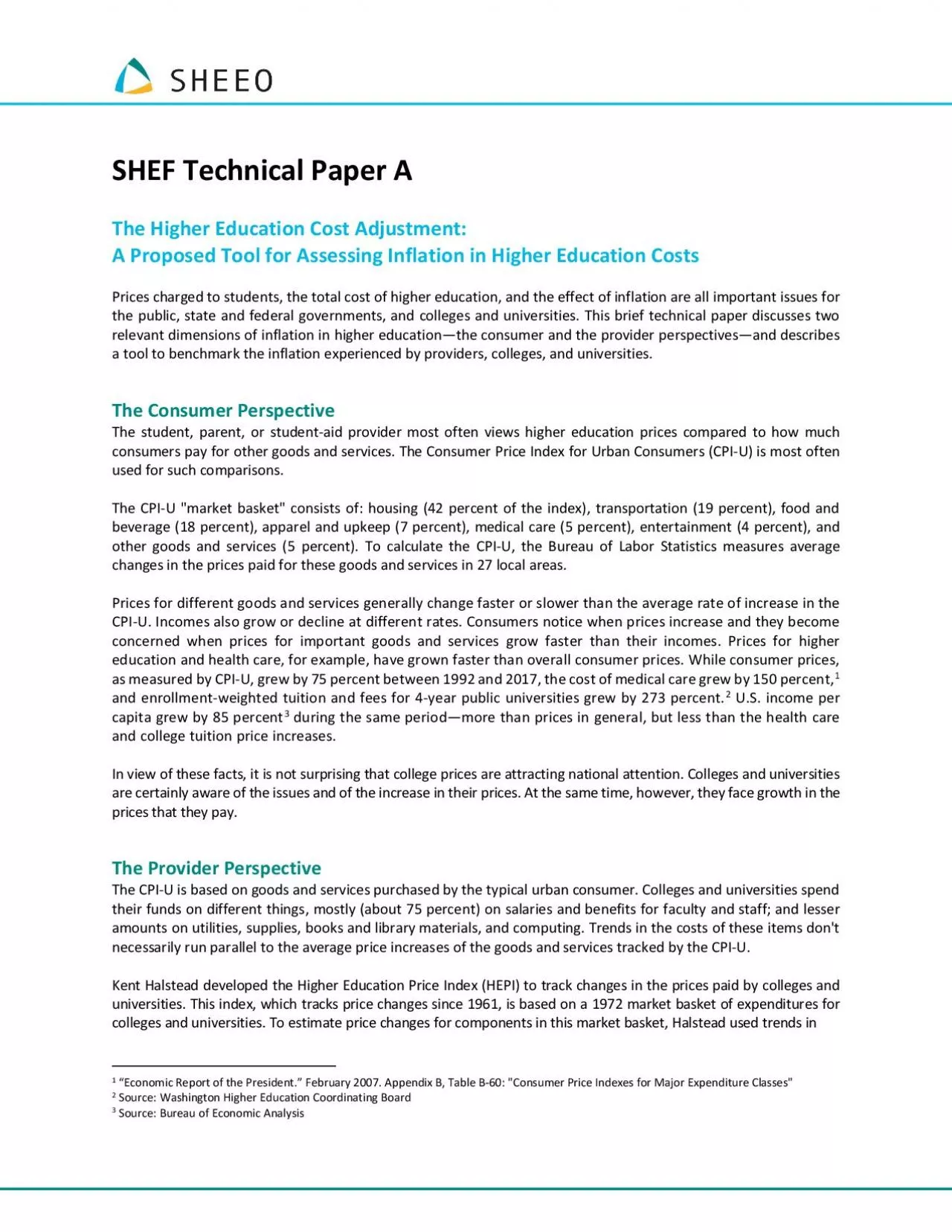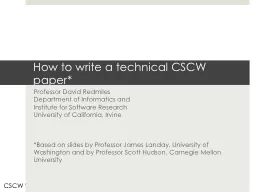PDF-SHEF Technical Paper Ahe Higher Education Cost AdjustmentA Proposed T
Author : lydia | Published Date : 2021-06-12
147Economic Report of the President148 February 2007 Appendix B Table B60 Consumer Price Indexes for Major Expenditure Classes Source Washington Higher Education
Presentation Embed Code
Download Presentation
Download Presentation The PPT/PDF document "SHEF Technical Paper Ahe Higher Educatio..." is the property of its rightful owner. Permission is granted to download and print the materials on this website for personal, non-commercial use only, and to display it on your personal computer provided you do not modify the materials and that you retain all copyright notices contained in the materials. By downloading content from our website, you accept the terms of this agreement.
SHEF Technical Paper Ahe Higher Education Cost AdjustmentA Proposed T: Transcript
Download Rules Of Document
"SHEF Technical Paper Ahe Higher Education Cost AdjustmentA Proposed T"The content belongs to its owner. You may download and print it for personal use, without modification, and keep all copyright notices. By downloading, you agree to these terms.
Related Documents














